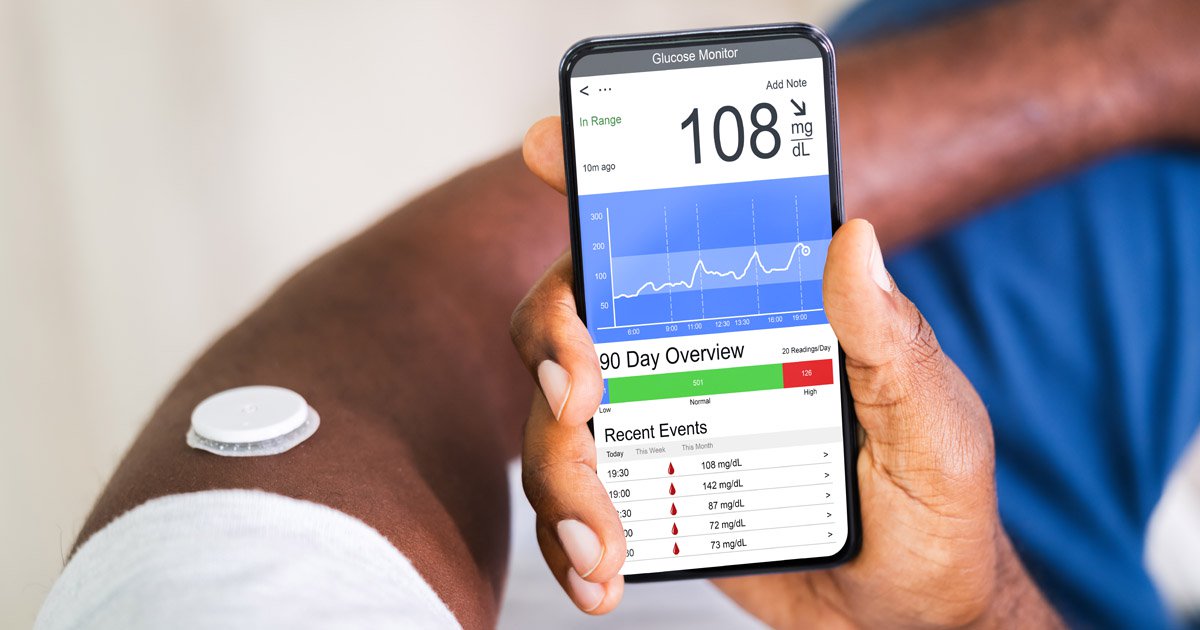Most with type 2 diabetes achieve remission with twin precision treatment technology
Source/Disclosures
Published by:
Shamanna P, et al. 4-LB. Presented at: American Diabetes Association Scientific Sessions; June 3-7, 2022; New Orleans (hybrid meeting).
Disclosures:
Shamanna reports being a full-time employee for Twin Health.
NEW ORLEANS — An intervention program powered by artificial intelligence and data collected by sensors was linked to a type 2 diabetes remission rate of more than 80%, according to a presenter.
The Whole Body Digital Twin (Twin Health) is a dynamic representation of the metabolism of a person with type 2 diabetes. The program employs a machine learning predictive model using data from food logs and multiple sensors, including continuous glucose monitoring fitness watches and comprehensive blood tests, according to Paramesh Shamanna, MD, medical director of Twin Health Inc. in Mountain View, California. The technology provides individualized and timely recommendations through a mobile app to users and their care teams. The service also includes access to health care providers and coaches.

“Our results demonstrate the potential of Whole Body Digital Twin technology to change the conventional, medication-driven management of type 2 diabetes to achieving remission of type 2 diabetes with a life free of medication in a large proportion of people,” Shamanna told Healio. “Precision lifestyle changes implemented by continued inputs delivered digitally by artificial intelligence has the potential to deliver both glycemic and extra glycemic benefits.”

Paramesh Shamanna
Shamanna and colleagues randomly assigned adults with type 2 diabetes to use the Whole Body Digital Twin platform (n = 199) or receive standard of care (n = 63) for 180 days. Change in HbA1c from baseline to 180 days and the percentage of participants achieving type 2 diabetes remission were the primary outcomes. The findings were presented at the American Diabetes Association Scientific Sessions.
In interim analysis, 94.9% of participants in the intervention group reached an HbA1c of less than 6.5% at 180 days using no medications or metformin only, and 83.9% achieved diabetes remission based on ADA criteria. All nine participants in the intervention group who used insulin at baseline stopped using insulin prior to 90 days.
“We were pleased to see the magnitude of remission of diabetes achieved in our study, validating the power of understanding the distinctions of each individual’s unique metabolism to provide personalized recommendations,” Shamanna said. “We were also impressed by our findings that remission was independent of the level of weight loss.”
The intervention group had reductions in most clinical and biochemical parameters. Mean HbA1c dropped from 9% at baseline to 5.7% at 180 days (P < .001). The 3.3% reduction in the intervention was greater than the 0.4% HbA1c reduction observed in the standard of care group (P < .0001).
While studies need to be conducted to demonstrate the long-term sustainability of remission, the Whole Body Digital Twin approach could have an impact beyond diabetes, Shamanna said.
“We are already beginning to see the impact of our program on the microvascular complications of diabetes as well as comorbidities, such as fatty liver and hypertension,” Shamanna said. “We eagerly look forward to studying them over the long term. Because the Whole Body Digital Twin treatment program addresses the root cause of a disrupted metabolism, this approach can be applied to multiple cardiometabolic diseases.”








Gloss